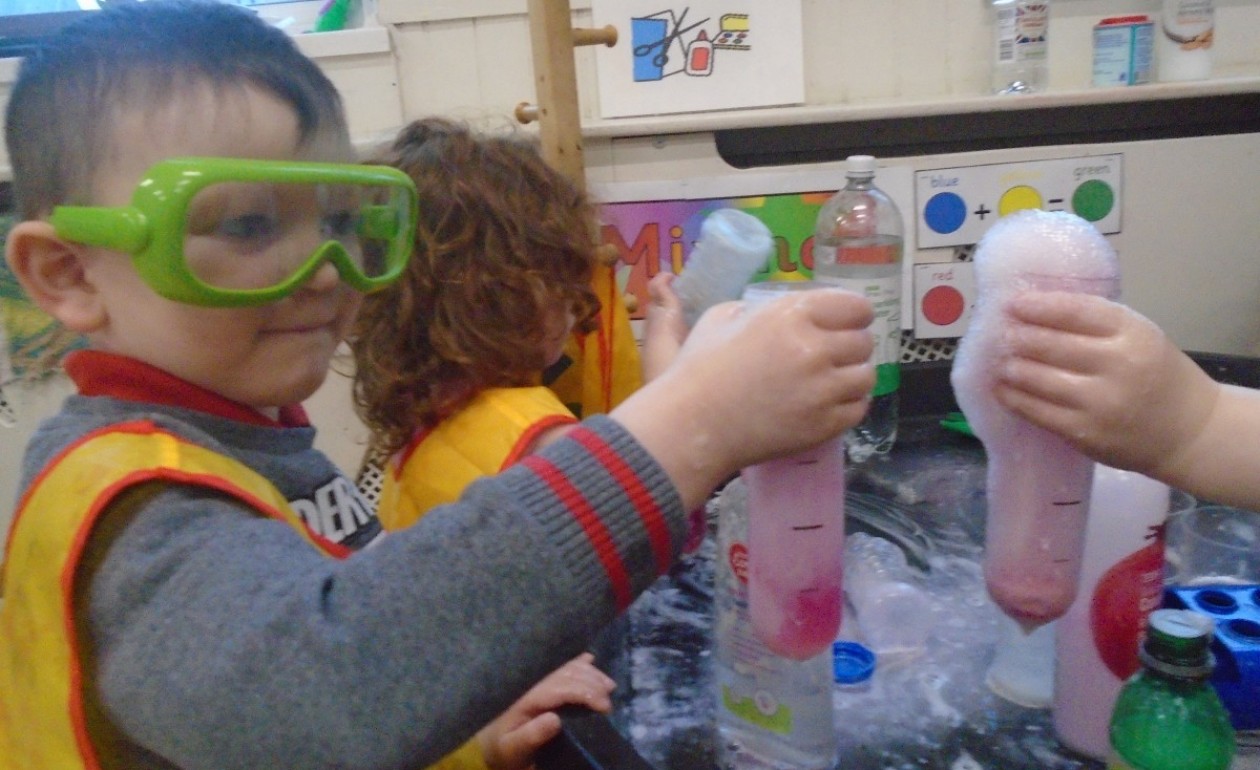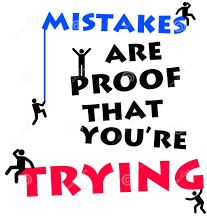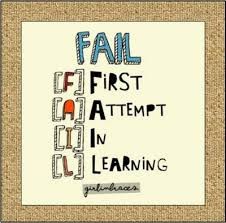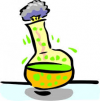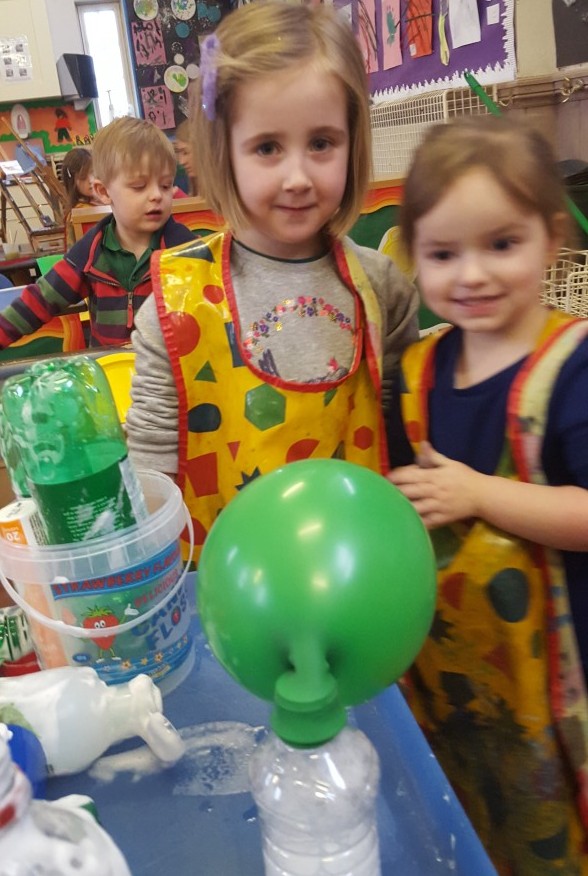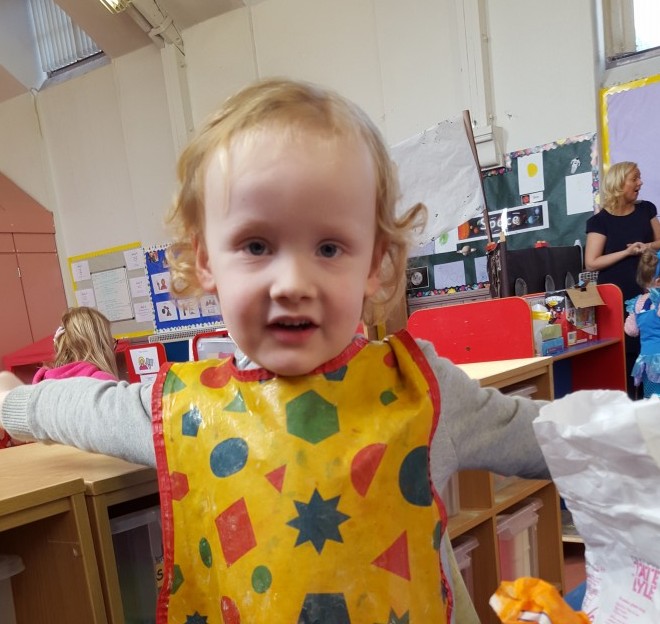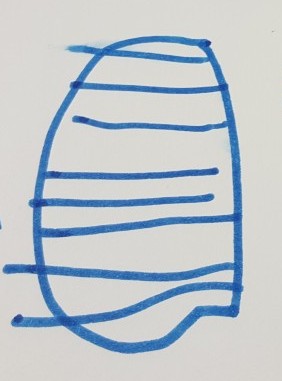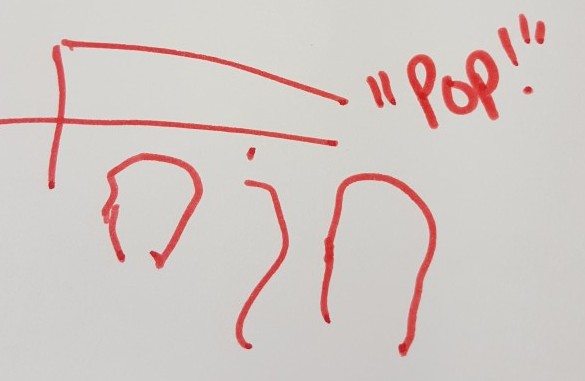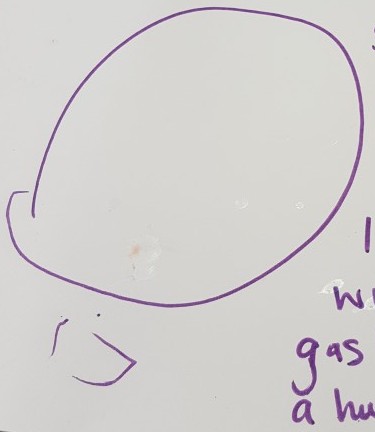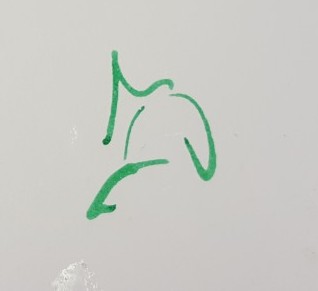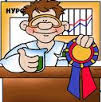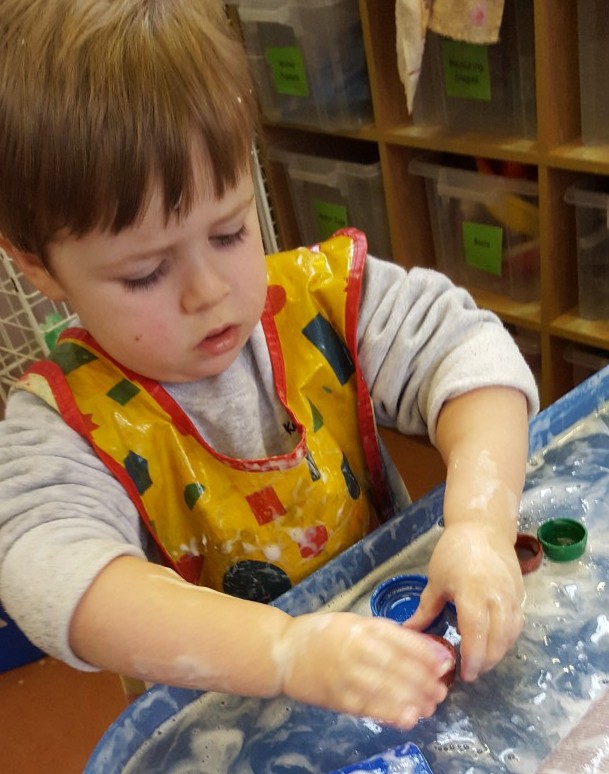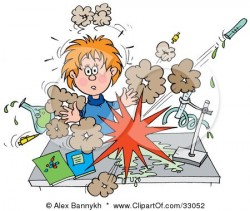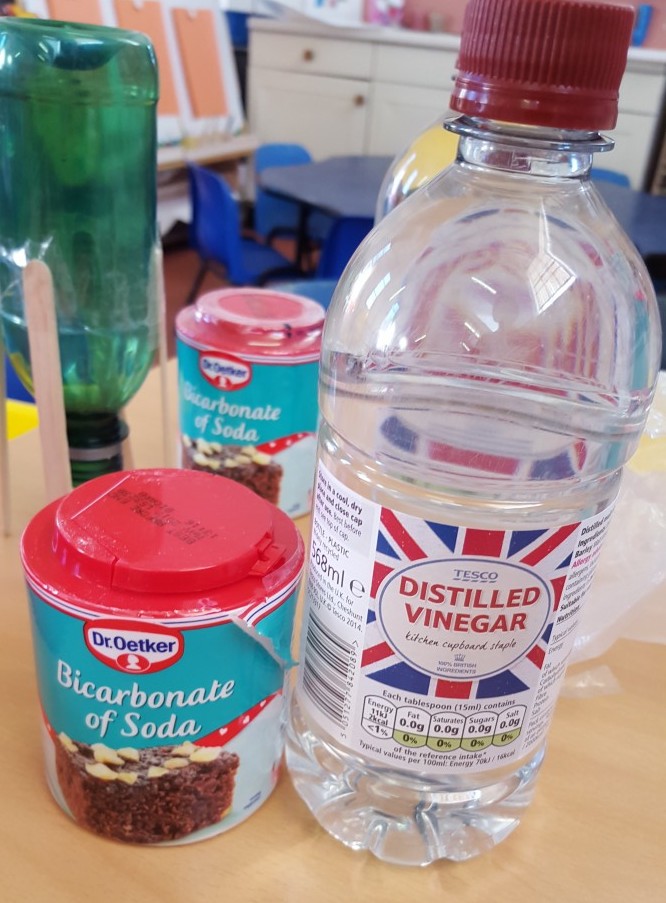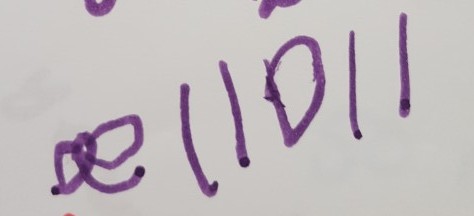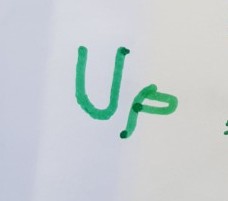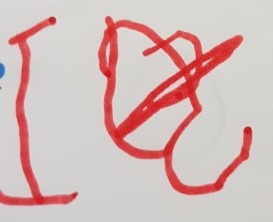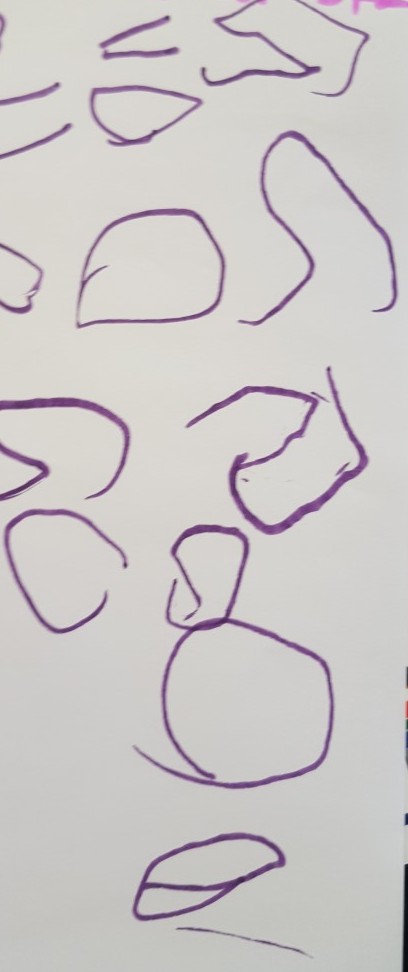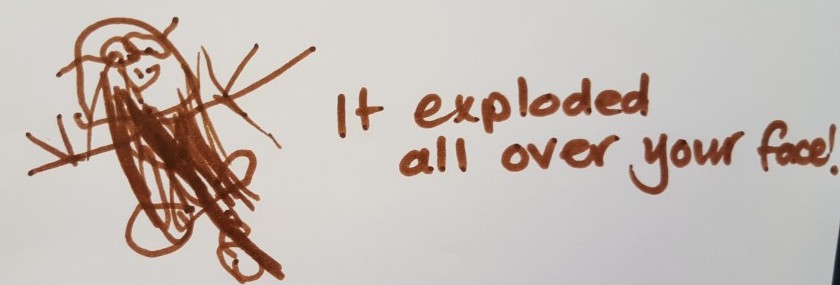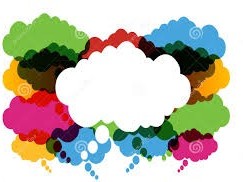 After the enthusiasm about the bright colours of foam mixing and the shouts of rainbows being made, I thought it would be a good time to try the dancing colours milk experiment.
After the enthusiasm about the bright colours of foam mixing and the shouts of rainbows being made, I thought it would be a good time to try the dancing colours milk experiment.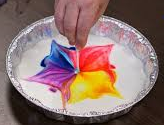
It’s been something I have fancied since I saw it on Pinterest.
It looked really impressive on YouTube too!
I have had a couple of Pinterest fails with this previously and discussed my failure with a few folk at recent courses and the big National Science Network (with proper science teachers!) So this time I was confident it would work and we would have lovely dancing colours to observe.
So we poured our milk (full fat as it is the fats reaction to the washing up liquid that makes the colours move).
The heavy lifting and coordination in having to pour our own milk helps us to develop muscles needed to eventually write! Any heavy play actually helps us with our sensory processing and core muscles which help us to be able to sit and concentrate on a shared focus – perfect preparation for classroom learning.
Then we added food colouring. In the morning we used a straw to add the drops of colour…
However after much spilling of food colouring and dyeing of the table (and hands!) I decided to offer the food colouring through the pipettes and test tubes for the afternoon (which not only controlled the amount of dye used but added the dimension of fine motor pincer grip to draw and squirt the dye and washing up liquid – again great for writing preparation).
Our predictions for the experiment showed that the children were applying previous knowledge.
“I think it’s going to explode all over you again!” – Olivia
“I think it might make bubbles because of the washing up liquid.” – Ross
We squirted in a little washing up liquid by ourselves – more hand muscle exercise! However the addition of the washing up liquid had a different affect.
“The colour is running away!” – Innes
And we made some mixed patterns with our fingers through the dye.
So some of the experiments worked. But some didn’t.
It seemed to depend on how much dye was used, how well they were mixed and which kind of dye we used. The shop bought food colouring seemed to dissipate quickly in the milk as though the fats were reacting with the dye itself, however the dye bought in bulk for the nursery seemed to hold it’s shape until the washing up liquid was introduced, making the effect much more dramatic.
We never did see dancing colours or swirls moving like in the videos, we had to swirl ourselves.
That’s not to say there was no learning! Lots of discussion followed about the colours produced and Ross, Olivia, Lara, Jude and Gracie all extended the learning further by investigating mixing and creating their own colours with the palette paints. And we were able to explore the mixing of the colours in the milk – making greens and purples.
Mistakes and failures are all a part of learning I suppose , I just don’t like having another Pinterest Fail.
I just need to remember that…
